Passenger traffic and fleet size will grow strongly across Southeast Asia through 2043, according to a Boeing report. The report includes several key findings for Vietnam, Southeast Asia's largest travel aviation market.
Air passenger traffic in Southeast Asia is forecast to increase by more than 7% annually. Notably, Vietnam has recorded outstanding growth of over 8% per year, maintaining the highest growth rate in the region. Over the next 10 years, traffic Aviation in Vietnam is expected to double, reaching more than 75 million passengers per year.
The introduction of new aircraft will provide countries with immediate improvements in connectivity and economic growth. It is estimated that airlines across Southeast Asia will need 4,720 new aircraft over the next 20 years, with single-aisle aircraft accounting for 80% of the total expected deliveries.
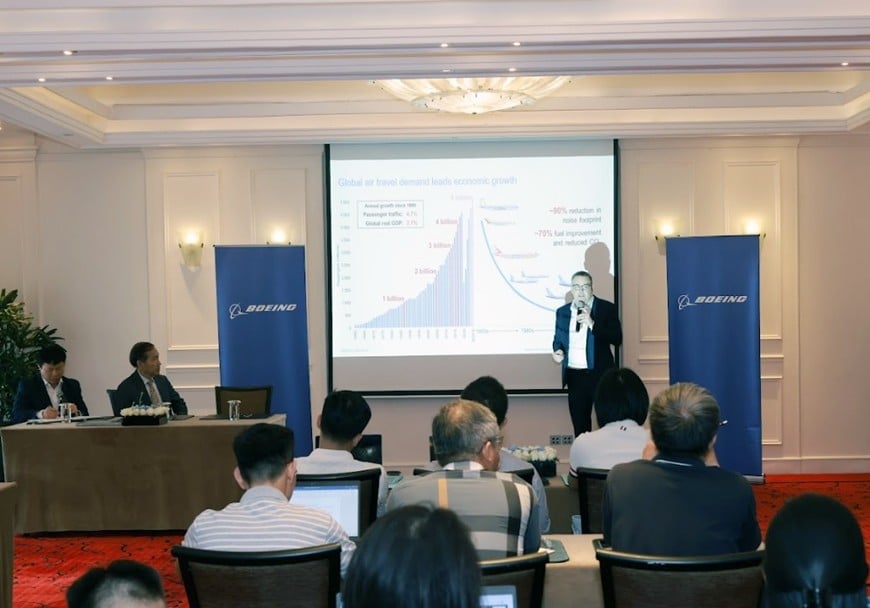
The 737 MAX is the right choice for developing fast-growing domestic and regional routes such as Can Tho, Hue, Hai Phong, Da Lat, Phu Quoc and Nha Trang. With stable and efficient operation, the 737 MAX brings operational flexibility and significantly increases network profits for airlines. In particular, this aircraft also helps reduce emissions and carbon emissions by up to 20% compared to its predecessors.
To meet the demand for long-haul flights, wide-body aircraft such as the 787 Dreamliner and 777X are expected to account for about one-fifth of all aircraft delivered in Southeast Asia over the next 20 years. By connecting Vietnam to Europe and North America, the highly efficient 787 Dreamliner will not only open up new routes, bringing profits to airlines, but also provide passengers with a smooth flight experience.
The Asia-Pacific region will account for about one-third of all freighter deliveries globally through 2043. Of these, Southeast Asia is forecast to need more than 120 new and converted freighters during this period.
Forecasts indicate that the growth in aircraft demand will lead to a significant increase in the demand for aviation human resources, including pilots, engineers and ground staff, opening up many job opportunities in both Vietnam and the Southeast Asian region. Specifically, airlines in the region are predicted to need to recruit and train an additional 234,000 new personnel, including pilots, maintenance technicians and cabin crew, more than three times the current aviation workforce across the region.
2025 marks the 30th anniversary of Boeing’s partnership with Vietnam, which began in 1995 when Vietnam Airlines leased three Boeing 767-300ER (extended range) aircraft. The first commercial transaction between Vietnam and the United States under the historic Bilateral Trade Agreement was Vietnam Airlines’ purchase of four Boeing 777-200ER aircraft in 2001.
To date, Vietnam Airlines operates a modern Boeing fleet of 11 787-9s and 6 787-10s, effectively serving international routes connecting Vietnam with Europe, as well as domestic and regional routes. In 2023, Vietnam Airlines signed a proposal to purchase 50 Boeing 737 MAX aircraft. VietJet is the private airline with the largest market share in Vietnam. The airline has ordered 200 737 MAX aircraft to serve its expansion plan in the Asian region.
Boeing’s investments not only promote the development of Vietnam’s aerospace industry, create jobs, strengthen the domestic aviation supply chain, but also support local capacity building and positively impact society. Boeing remains committed to supporting the development of commercial aviation in Vietnam through promoting new aircraft leasing, purchasing components from Vietnam-based companies, working with the Civil Aviation Authority of Vietnam (CAAV) and Vietnam Airlines on practical training, as well as helping Vietnam integrate more deeply into the global aviation environment according to International Civil Aviation Organization (ICAO) standards.
Source: https://baolangson.vn/air-traffic-flow-in-viet-nam-increases-in-the-10-years-toi-5045112.html




![[Photo] General Secretary To Lam meets and expresses gratitude to Vietnam's Belarusian friends](https://vphoto.vietnam.vn/thumb/1200x675/vietnam/resource/IMAGE/2025/5/11/c515ee2054c54a87aa8a7cb520f2fa6e)



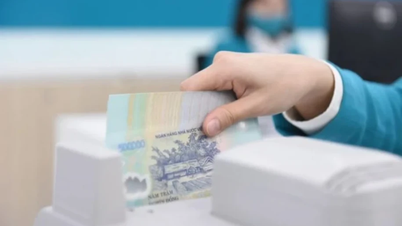


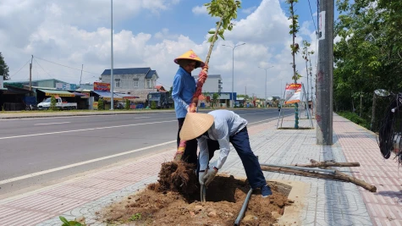








![[Video] Weather forecast tonight and tomorrow, May 11, 2025: Warning of thunderstorms and strong winds in the North - Lang Son Newspaper and Radio and Television Station](https://vphoto.vietnam.vn/thumb/402x226/vietnam/resource/IMAGE/2025/5/10/5a275872916744dc92e724ec900ee258)
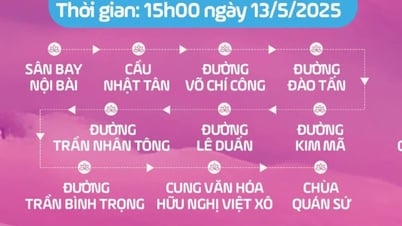

![[Photo] General Secretary To Lam concludes visit to Russia, departs for Belarus](https://vphoto.vietnam.vn/thumb/1200x675/vietnam/resource/IMAGE/2025/5/11/0acf1081a95e4b1d9886c67fdafd95ed)

![[Photo] General Secretary To Lam arrives in Minsk, begins state visit to Belarus](https://vphoto.vietnam.vn/thumb/1200x675/vietnam/resource/IMAGE/2025/5/11/76602f587468437f8b5b7104495f444d)


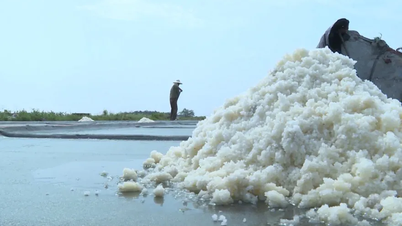




























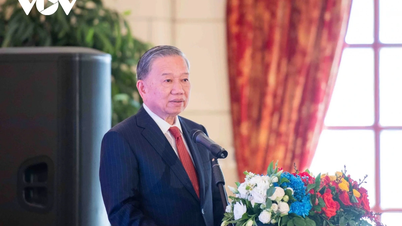

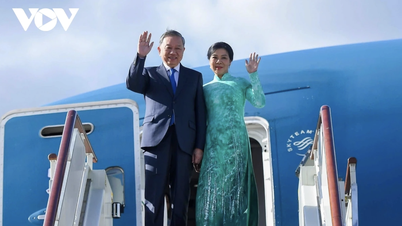
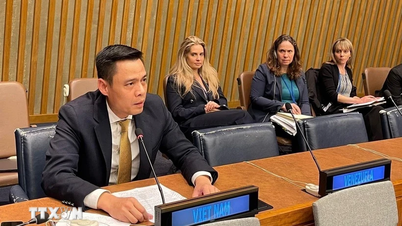











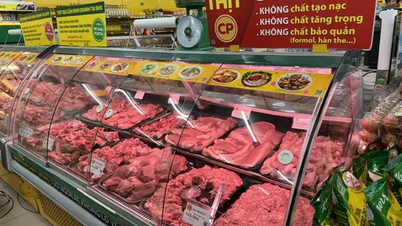



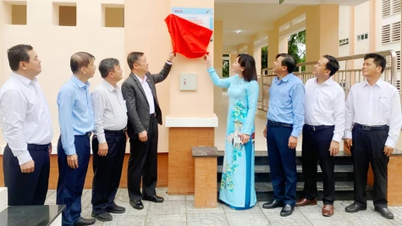



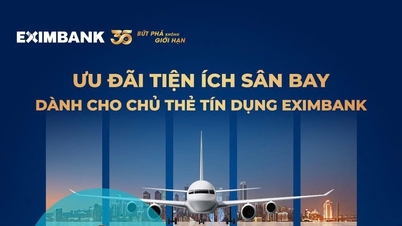











Comment (0)